Tinnitus. A special example of a failure mode for your plastic brain
Millions of individuals (2% of humankind) are plagued by continuous sounds generated in their skulls, not coming from the real world. Because these ringing or roaring sounds are inescapable and because they strongly influence emotional-control processes in the brain, they can literally drive an individual who hears them incessantly just a little bit crazy. No…

